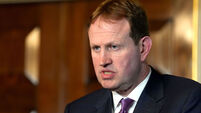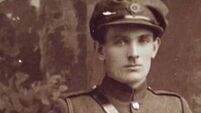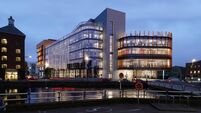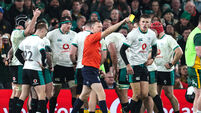Ireland's Civil War: Fifty days that led up to the Battle of Dublin
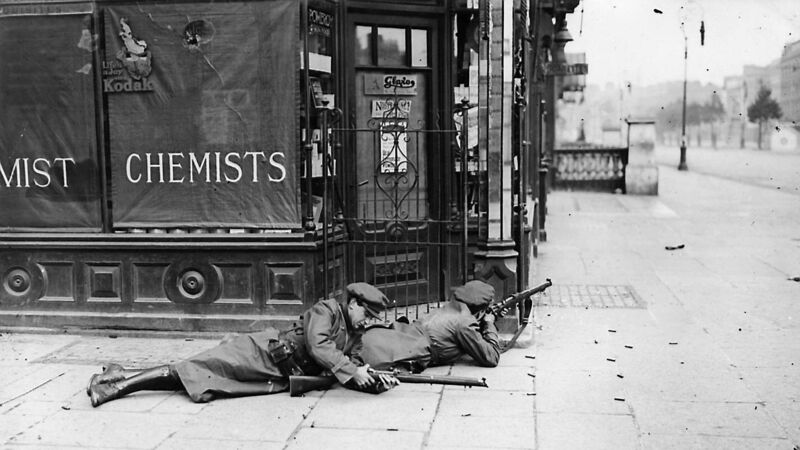
The Second Dáil meets for the 33rd time.
TDs are informed that a Peace Committee has failed to find the basis for any agreement after 11 meetings. This announcement, read by the Ceann Comhairle, Eoin MacNeill, is signed by Kathleen Clarke and Séamus Dwyer.
Armed Special Constables enter a home in Ballymulderg, Derry, at 2.30am and shoot three McKeown brothers; James, Francis, and Thomas. James is fatally wounded — Francis and Thomas survive.
A fortnight after the shooting dead of 13 Protestants in West Cork in the Bandon Valley Massacre, the Church of Ireland Archbishops of Dublin, John Gregg, and Cashel, Robert Miller, join William Goulding to meet with Michael Collins and WT Cosgrave.
Whilst expressing a desire to remain “loyal citizens of the Government of Ireland”, it was pointed out that many Protestants were suffering persecution. Collins assured Gregg and Goulding that the Government would maintain civil and religious liberty in Ireland.
Violence continues in Belfast as a postman, Robert Beattie, is shot dead while delivering mail near Hooker Street. Dawson Bates, the Northern Ireland Minister for Home Affairs, orders a curfew in certain areas of the Marrowbone and Ardoyne districts of the city.
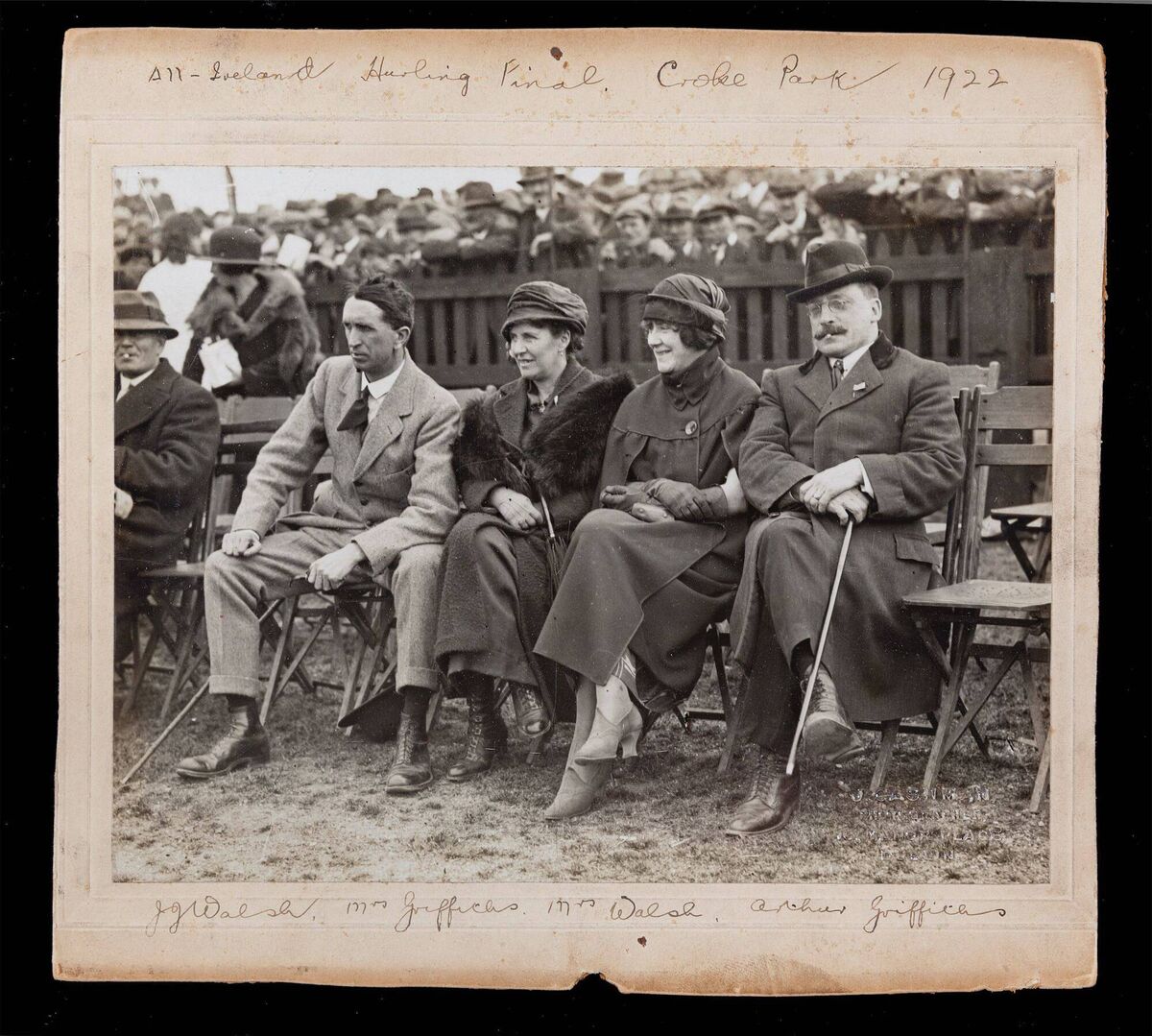
Dublin, represented by the Faughs club, win the much-delayed 1920 All-Ireland Hurling Final, defeating Cork by six points in front of 22,000 in Croke Park. Daniel McCarthy, the president of the GAA, presents the trophy to Dublin captain, Bob Mockler.
The fledgling police force in Ireland faces its biggest challenge when a group of recruits break ranks in Kildare Barracks during an assembly before the Commissioner, Michael Staines.
For several weeks, there had been a great deal of unease among recruits, especially those opposed to the Treaty, due to the appointment of several former RIC members to senior positions in the new police force. One of the demands of the anti-Treaty IRA garrison in the Four Courts was the disbandment of the Civic Guard altogether.
Dáil Éireann is informed that the Peace Committee has, once again, failed to reach agreement between pro and anti-Treaty sides.
Among the reasons for the most recent breakdown of talks is the proposed ratio of seats between both sides in any government following a general election.
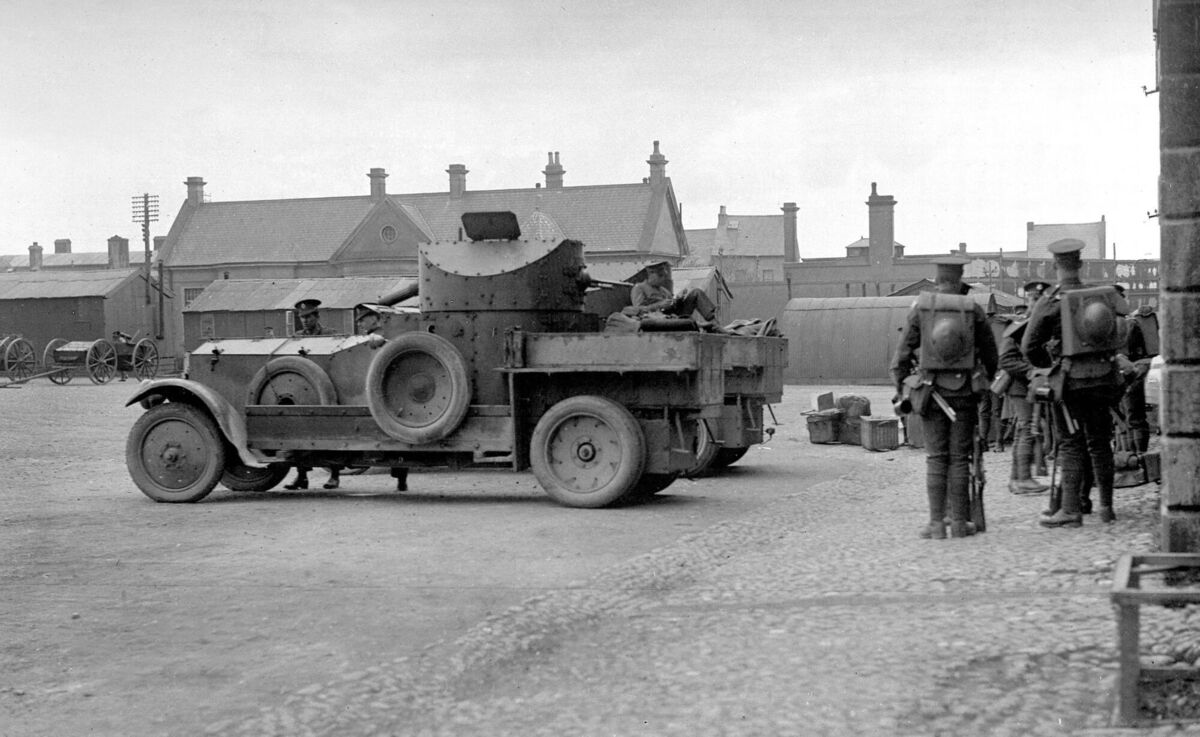
Bloodshed continues in Belfast. Mary Donaldson is standing at the front door of her home on Spamount Street when she is shot dead. Constable William Heaslip is killed whilst investigating the raiding of a shop on Berry Street.
Three Protestant men (Thomas Maxwell, Thomas Boyd, and William Patterson) are shot dead when armed men entered Garrett’s Cooperage in Little Patrick Street and opened fire.
Meanwhile, John Higgins, Francis Higgins, Henry McGeehan, and James McGeehan are taken from their homes by Special Constables outside Desertmartin, Derry, and are shot dead.
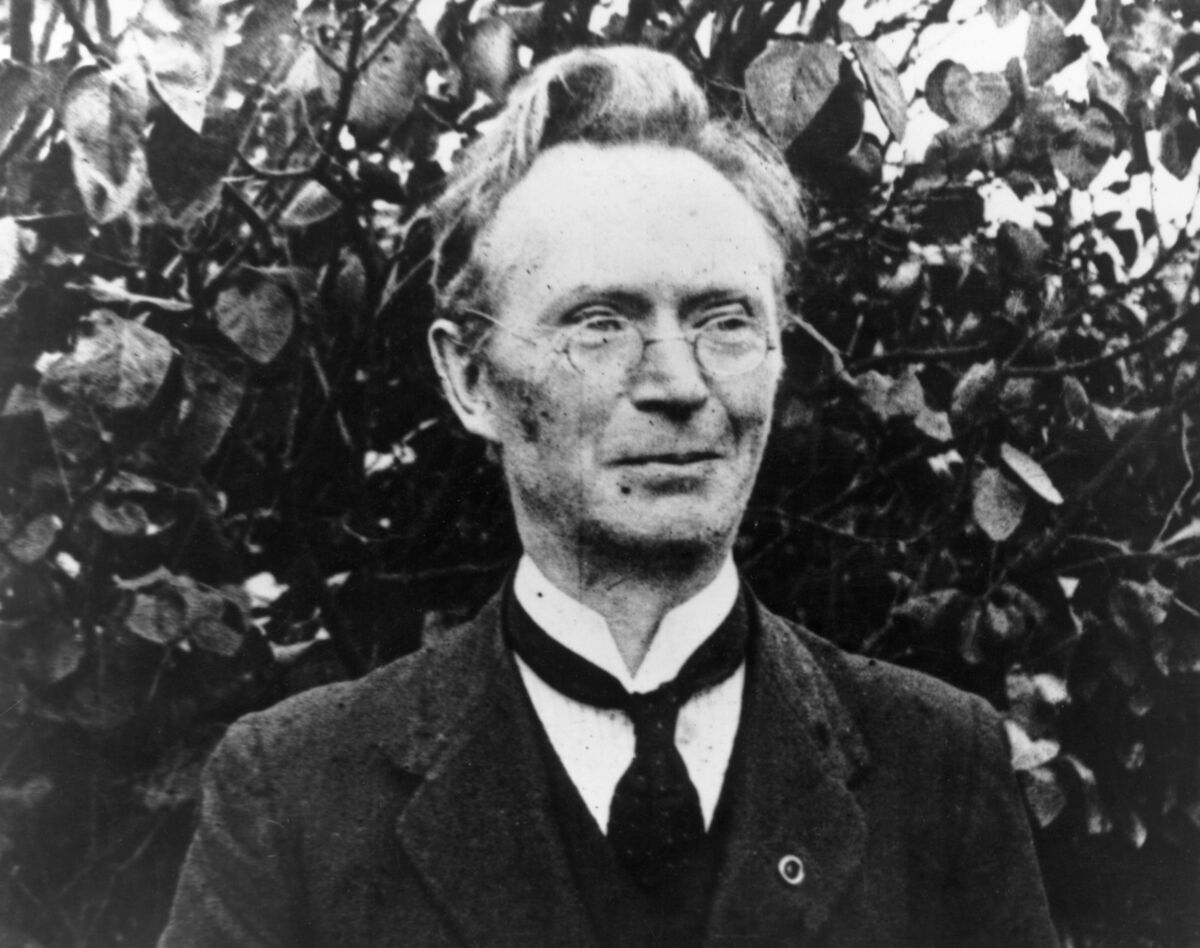
In response to the killing of WJ Twaddell, the IRA, Cumann na mBan, and all other nationalist organisations are declared illegal as thousands of police and troops carry out hundreds of arrests across Northern Ireland.
Six more people are killed in Belfast. Among them is 19-year-old Esther McDougall. According to press reports, she had recently identified a loyalist who had thrown a bomb in the Stanhope Street area.
The British signatories to the Treaty meet in 10 Downing Street to discuss recent developments in Ireland ahead of Michael Collins arriving in London the next day.
Lloyd George tells Arthur Griffith and Michael Collins that the draft Irish constitution was republican, and a “complete evasion” of the Treaty, setting the scene for difficult negotiations ahead.
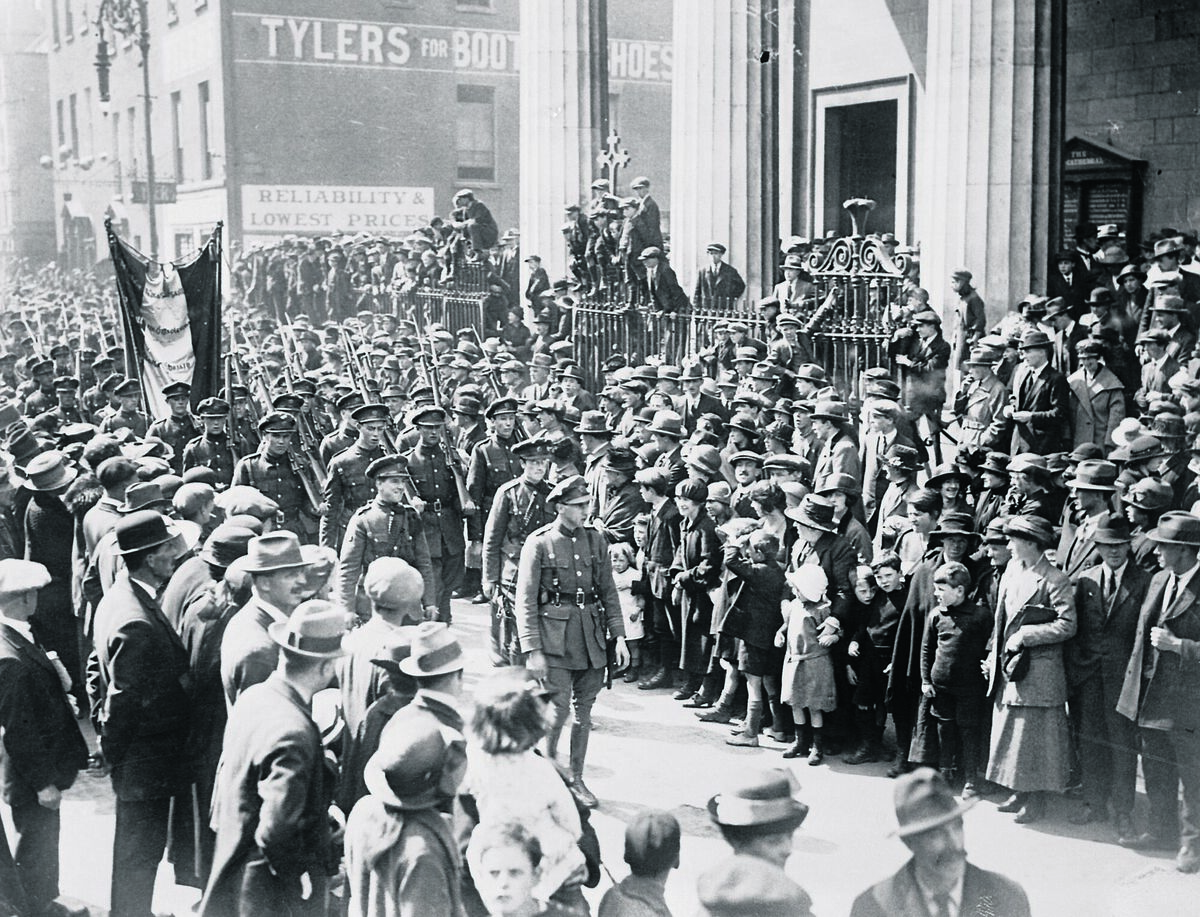
In Chicago, Constance Markievicz, along with Kathleen Barry, arrive in Boston to begin the final week of their tour of the US.
The , the day before, says “while there has been, unhappily, division of opinion as to the better method for Ireland to adopt in securing her freedom, no one has ever disputed the intellect or ability of vision or valour of Countess Georgina Constance Markievicz".
The Dáil Éireann publicity department released figures indicating that 350 Catholic families have been made homeless as a result of violence during April and May.
They suggest that the same total for Protestant families was zero.
As pressure grows for the draft Irish constitution to be changed, Winston Churchill announces to the House of Commons that the British government has halted the supply of arms to the Irish Provisional Government in the wake of the agreement between de Valera and Collins.
Collins writes to Kitty Kiernan from London: “Things are bad beyond words, and I am almost without hope of being able to do anything of permanent use. It’s really awful — to think of what I have to endure here owing to the ways things are done by the opponents at home”.
Joseph McGuinness TD dies of pneumonia. McGuinness, a veteran of the Easter Rising, was famously elected an MP in a 1917 by-election under the slogan ‘Put him in to get him out’.
“He is a great loss to us but apart from that I feel the personal loss much more keenly. He was the one most responsible for the recent peace.”
He adds, however, “it makes the present position all the more tragic … things have got very much worse overnight and I’m looking forward to my last appointment with them.
“I’m returning tonight [to Ireland] no matter what happens, as I feel I can do no more good here.”
The Church of Ireland Archbishop of Dublin, John Gregg, tells the annual joint Synod of Dublin, Glendalough, and Kildare, that “if we are not already engaged in civil war in Ireland, civil war may be upon us in this week or next”.
Echoes of the wave of armed bank robberies that had plagued Ireland in the spring are felt once more when, in Templemore, three men pull up to the Provincial Bank in a Ford car and steal £2,000.
After an extraordinary chase for over 30 miles, the robbers were caught in Littleton, and the stolen money retrieved.

The Derry County Commandant of the Special Constabulary orders that no foodstuffs, petrol, oil, or merchandise of any kind is to be exported from Derry to Donegal.
This causes huge frustration among merchants in the city. The Mayor said recently that if Donegal were to be cut off from Derry, “inside 12 months, half the merchants in Derry will have to close their doors”.
Nominations for the upcoming Irish general election close. Of the 27 constituencies, there will be 20 contests in which 137 people will contest 90 seats.
In Griffith’s absence, Michael Collins tells TDs that he sat “there for many days and … had the distinction of having more vitriol and poison poured on [him] than on any other member of the Assembly … that is one of the things [he] will never forget”.
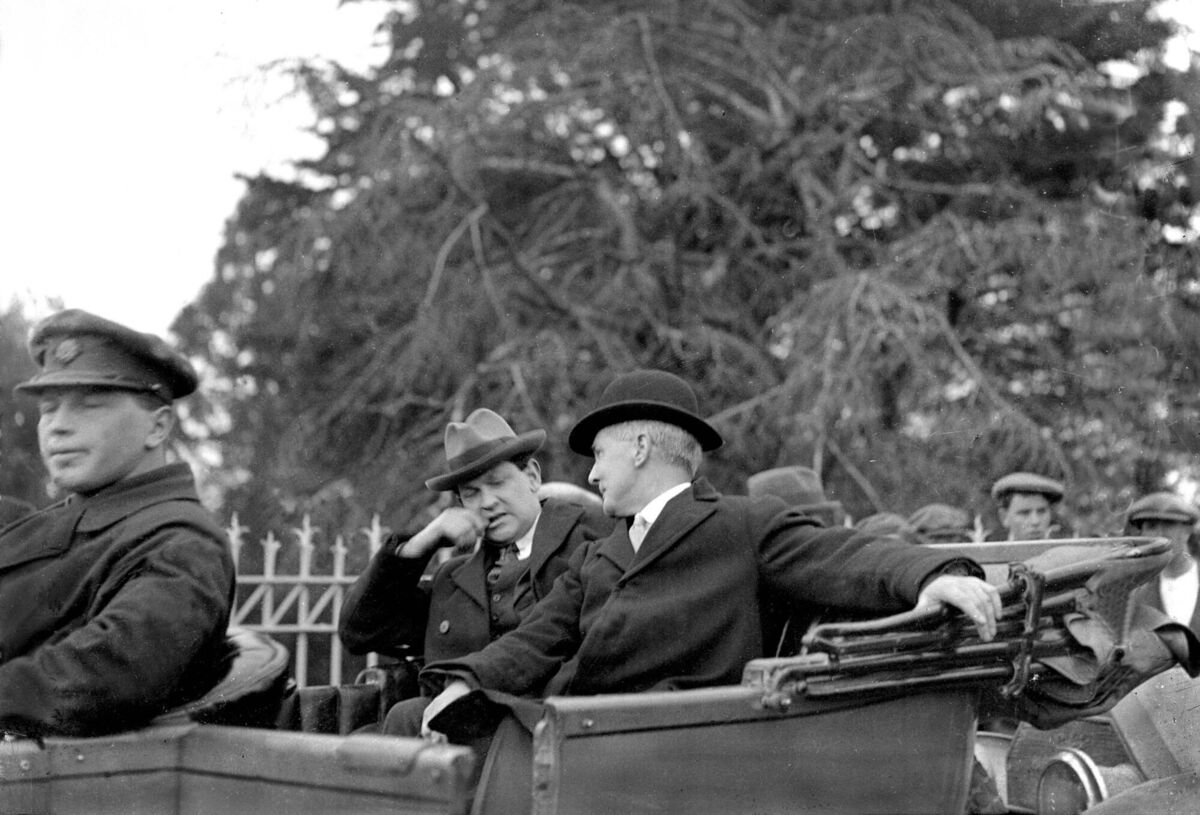
In a show of apparent unity ahead of the election, Michael Collins and Éamon de Valera share a platform in the Mansion House during a demonstration before a large crowd. They were joined on stage by Richard Mulcahy, Harry Boland, Austin Stack, Sean T O’Kelly, and Kathleen Clarke.
As behind-the-scenes efforts to bring together the two factions of the IRA continue, Ernie O’Malley writes to Richard Mulcahy demanding that the anti-Treaty IRA be allowed to select the Army Chief of Staff.
Remarks attributed to Michael Collins in an interview with newspaper are prepared for publication.
On the recent shelling of Pettigo, and of neighboring Beleek, he says: “By whomsoever ordered, they were carrying out the policy of Sir Henry Wilson and other prominent advisers of Sir James Craig, who avowedly want to destroy the position created by the Treaty — to pave the way for the return of British troops and the ultimate reconquest of Ireland.”
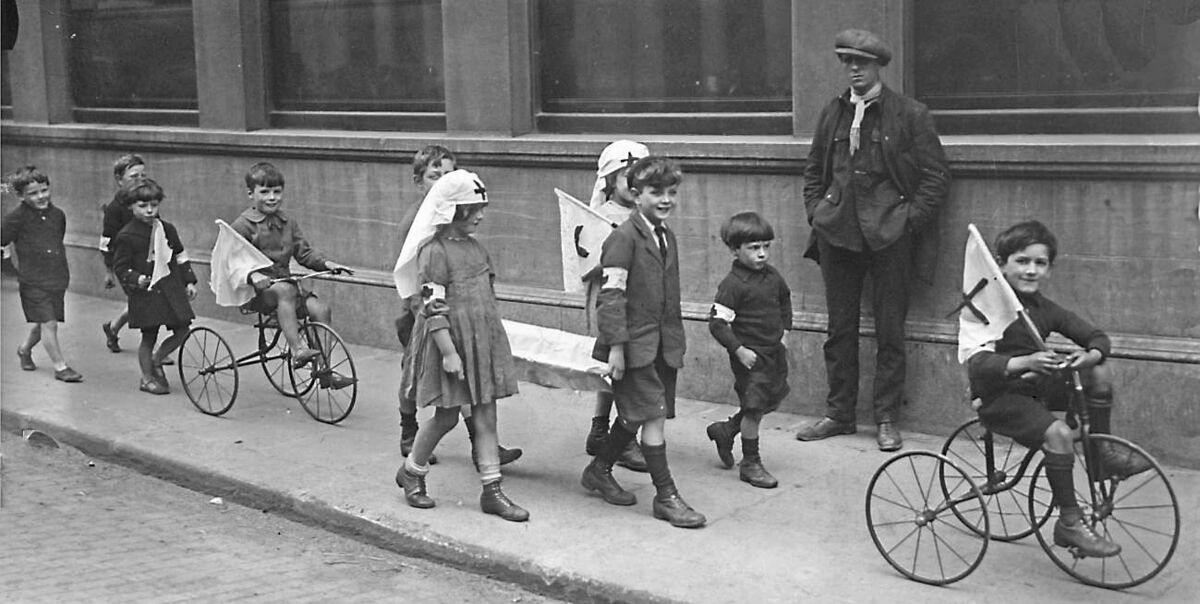
Upon receipt of an update on negotiations in London from the Free State Attorney General, Hugh Kennedy, Michael Collins travels to London for a final attempt to convince Lloyd George and Churchill to adopt nationalist elements of the initial draft constitution.
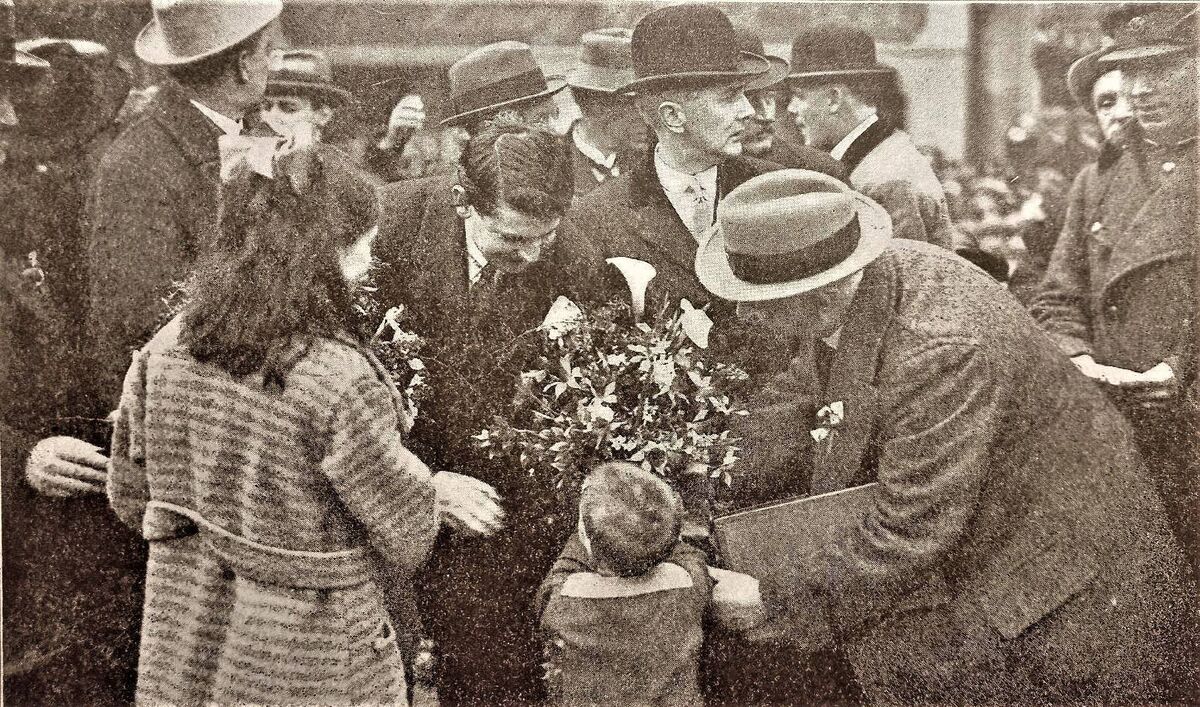
In Cork, Michael Collins, who had returned dejected from London, told a crowd: “I can make a straight appeal to the citizens of Cork to vote for the candidates you think best of.” This was subsequently taken up by some as a rejection of his pact with de Valera.
Polling day — apart from some incidents of intimidation in Sligo and Laois, a relatively uneventful day of voting proceeds for the third Dáil.
Meanwhile, that night, Frank Aiken leads an ambush on a patrol of Special Constables from Forkhill Barracks as a reprisal for the attack on McGuill’s a few days ago, killing one man named Russell.
McGuill’s premises in Dromintee is burned down the following day.
The anti-Treaty IRA Executive holds a convention. Liam Lynch argues for compromises teased out with Richard Mulcahy over the past few weeks. However, Tom Barry proposed that they renew their war with Britain.
A vote is taken and Barry’s motion wins. Following a recount, Barry’s motion loses.
The defeated faction leave and return to the Four Courts. They depose Liam Lynch as their leader. Lynch sets up a new headquarters for his faction in the Clarence Hotel, across the Liffey from the Four Courts.
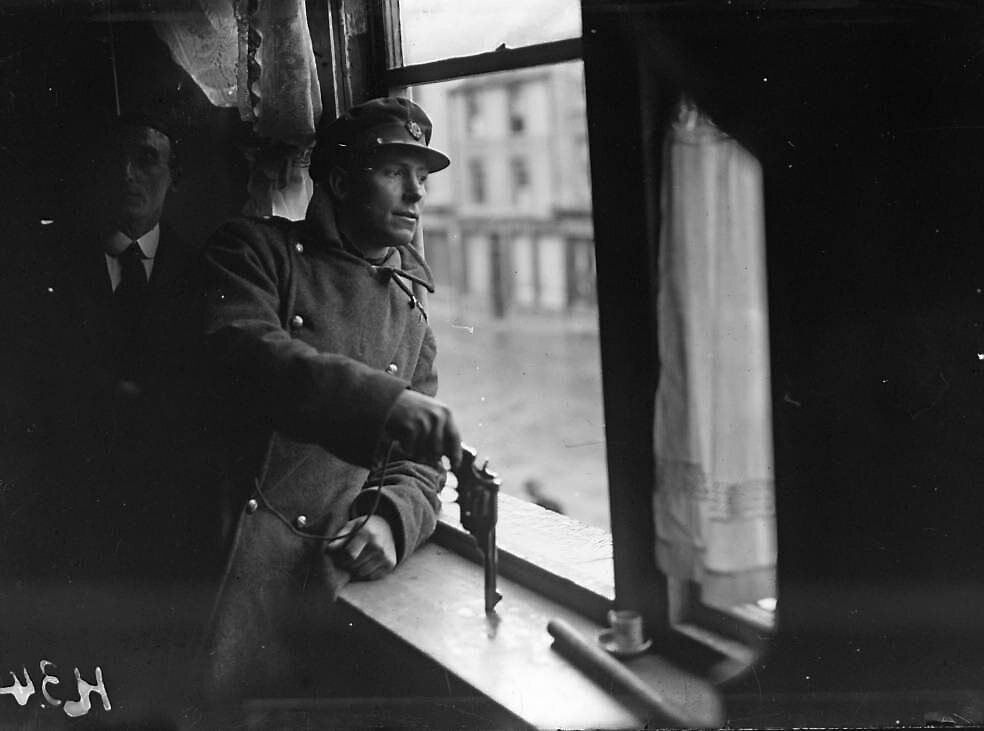
Seán Mac Eoin marries Alice Cooney in St Mel’s Cathedral, Longford. Mac Eoin greeted Michael Collins and Arthur Griffith before the ceremony before entering the cathedral with Eoin O’Duffy, his best man.
Among those who sent a present and greetings was reportedly the mother of RIC District Inspector, Thomas McGrath, for whose death Mac Eoin had been sentenced to death.
In full uniform, Henry Wilson is returning to his home after the unveiling of a plaque in Liverpool Street station when he is shot dead.
Amidst chaotic scenes, two London IRA men, Reginald Dunne and Joseph O’Sullivan, are arrested. The British cabinet suspects that the anti-Treaty IRA is responsible for the killing. Dunne had been in Dublin a few weeks earlier and had met with Michael Collins and, separately, Rory O’Connor.
Lloyd George immediately writes to Michael Collins: “The ambiguous position of the IRA can no longer be ignored by the British government. Still less can Mr Rory O’Connor be permitted to remain with his followers and his arsenal in open rebellion in the heart of Dublin, in the possession of the courts of justice, organizing and sending out from his centre, enterprises of murder, not only in the area of your government, but also in the six northern counties and Great Britain.”
Meanwhile, in Dromineer, Co Tipperary, a Protestant woman in her early 40s, Eileen Biggs, is raped by a number of local anti-Treaty IRA men. The reported leader of the group fled the area shortly afterwards and was killed in the Civil War. Other reported members of the group are tried but acquitted.
Eileen Biggs and her husband left Tipperary for England, but she never recovered from her horrific ordeal. She died in a St Patrick’s psychiatric hospital in 1950 and is buried in an unmarked grave in Mount Jerome.
The man who fled the area after the attack is memorialised with two monuments to this day for his role in the War of Independence and Civil War.

“I know that life has been made a hell for the Nationalist minority in Belfast and its neighbourhood for the past couple of years and particularly for the past six months.
Meanwhile, plans are trashed out in 10 Downing Street for British troops to attack the anti-Treaty IRA in the Four Courts in either two or three days.
The attack would utilise tanks, howitzers, and aeroplanes. Nevil Macready urges caution, suggesting that such a devastating attack in the heart of Dublin could act to reunify the IRA against Britain.
The proposed British attack on the Four Courts does not take place. Ships crossing the Irish Sea to Dún Laoghaire turn around.
Winston Churchill tells the House of Commons that, as the election was complete, it was time for the Irish Government to restore law and order.
He added that if this did not happen, that “we shall regard the Treaty as having been formally violated”.
Meanwhile, Leo Henderson, a member of the anti-Treaty IRA, leads a raiding party to Ferguson’s Garage on Lower Baggot Street to seize a number of cars that had been imported from Belfast.
Henderson is arrested by an army unit under Frank Thornton. In retaliation, JJ O’Connell is arrested and is brought to the Four Courts.
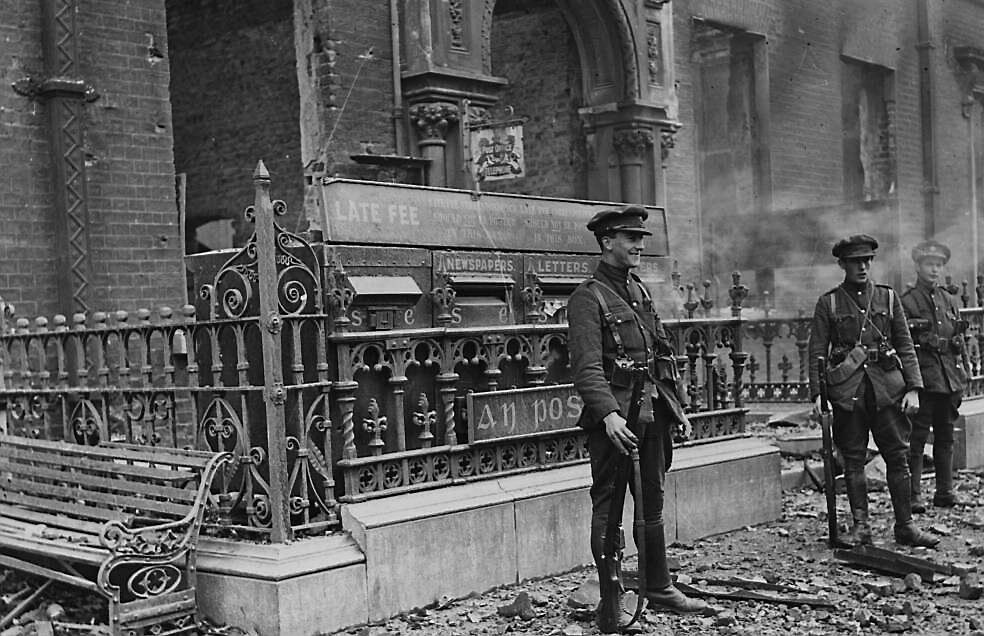
The Provisional Government issues a statement condemning the arrest of JJ O’Connell. The statement says “outrages such as these against the Nation and the Government must cease at once and cease for ever”.
With regards to the arrest of Henderson, they state that “one of the principal garages in the metropolis was raided and plundered under the pretext of a Belfast boycott. No such boycott has any legal existence”.
Citizens of Dublin are alarmed at the extent to which troops of the Free State moved around the city and took up positions in the city centre.
Shortly after 3.30am, an ultimatum is issued to the Four Courts garrison to surrender. When no response comes, power is cut off for the complex and the shelling of the Four Courts commences.
The Battle of Dublin had begun.
• Gerard Dooley, UCD College of Business, is the curator of the @131Weeks project on Twitter.




